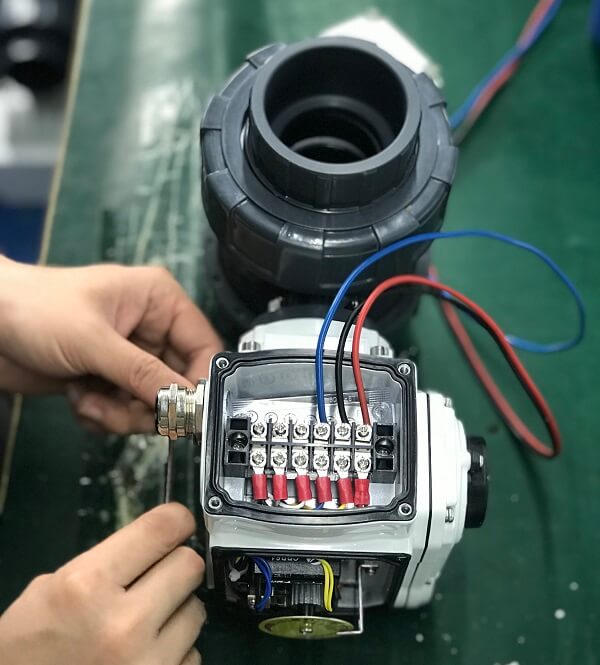When installing valves, various precautions are taken for the engineering system and the type of valve to ensure safety. The following protective measures are recommended for check valve, safety valve, pressure regulator valve, and steam trap installation to ensure proper valve operation.
1. Check Valve Protection Facilities: In order to prevent check valve leakage or failure after the media reverse flow, resulting in product quality decline, resulting in accidents and other adverse consequences, check valve before and after the installation of one or two cut-off Valve. Two shutoff valves are provided to facilitate the check valve removal for servicing.
2. Safety Valve protection facilities: installation method is generally not set before and after the block valve, only in individual cases, can be used. If the medium force contains solid particles, which affects the safety valve can not be closed strictly after starting, a lead-sealed gate valve should be installed before and after the safety valve. The Gate Valve should be fully open Gate and relief valves are directly fitted with a check valve for DN20 to the atmosphere. The relief valve needs steam tracing when the medium such as the released wax is solid at normal temperature or when the medium temperature such as the light liquid is less than 0 °c due to decompression and gasification. Safety Valve for corrosive media, depending on the corrosion resistance of the valve, consider the valve inlet with corrosion-resistant explosion-proof film. Gas Relief Valve generally according to its size set up a bypass valve, as a manual venting.
3. Pressure Regulator Valve Protection Facilities: Pressure Relief Valve installation facilities generally have three forms. Pressure Relief Valve before and after equipped with a pressure gauge to facilitate the observation of the pressure before and after the valve. There is also a fully enclosed safety valve installed behind the valve to prevent relief valve failure, after the valve pressure exceeds the normal pressure when the jump, including the valve after the system. Drain pipe installed in front of the Valve cut-off valve, mainly drainage river flushing role, some of the use of steam trap. The main function of by-pass pipe is to close the cut-off valve before and after the valve fails, open the by-pass valve, adjust the flow by hand, play the role of temporary flow, in order to repair the valve or replace the valve.
4. Steam Trap Protection Facilities: Trap side with by-pass pipe and no by-pass pipe two, there are condensate recovery and condensate non-recovery pay, discharge and other special requirements of the trap, can be installed in parallel form. Trap with Bypass Valve, its main role at the beginning of the operation of the pipeline, used to discharge a large number of condensate. It is not appropriate to use by-pass pipe to drain condensate when overhauling the trap, as this will lead to steam channeling into the backwater system. Under normal circumstances, you can not install bypass. Only the heating temperature has strict requirements, continuous production of heating equipment to install by-pass pipe.

Secondly, for the safety of the Piping System, we must take the following 6 precautions:
1. In order to keep metal, sand and other foreign bodies from invading the valve, damage the sealing surface, it is necessary to set up a filter and flushing valve to filter out foreign bodies.
2. To keep the Compressed air clean, install an oil water separator or an air filter in front of the valve.
3. Instrumentation and inspection valves are required to allow for inspection of the working state of the valve during operation.
4. Insulation is provided outside the valve to maintain operating temperature.
5. A relief valve or check valve is required for installation behind the valve.
6. For continuous valve operation to ensure safety, a parallel system or bypass system has been established.
Post time: Jul-28-2021





